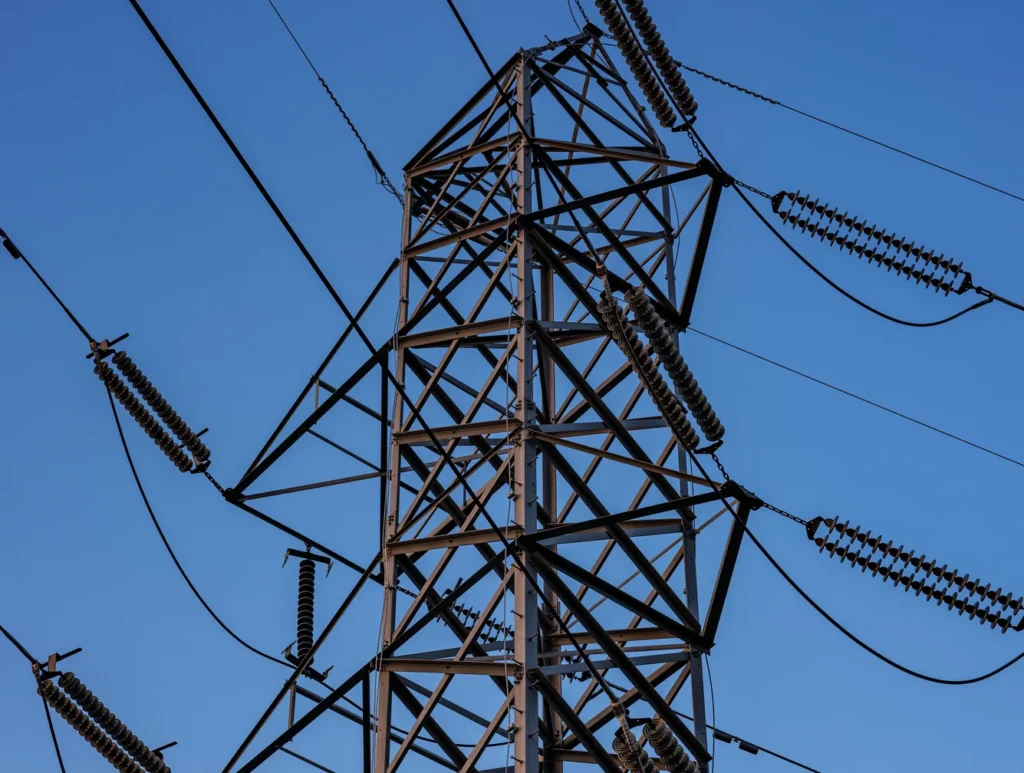Electrification is the talk of many industries, but what does it really mean and where does it stem from? How can it save on costs and carbon emissions?
The word ‘electrification’ is somewhat of a new term, or at least more widely used since sustainability became a more prominent topic in the corporate environment.
When it comes to talking about electric vehicles (EVs), the term is used in reference to the overall visual shift in propulsion systems from traditional internal combustion engines (ICEs) as well as the energy used to power new battery technologies. In order to achieve electrification across the automotive industry, and other transport sectors, the foundations are to be put in place for renewable energy sources, in order to support the entire electric value chain.
Essentially, electrification is the ability to convert a process or industry to all-electric power without causing further detriment to the environment. This also goes hand-in-hand with digitalisation as a means of operating electrical infrastructure, tracking sustainable renewable energy sources, and integrating services between businesses.
At the forefront of digitalising the energy sector is Schneider Electric and this keynote on Electricity 4.0 sums up the input of energy and digital technologies in meeting climate targets
Renewable energy will power everything
Getting right to the heart of the conversation, without renewable energy electrification efforts are null and void. The primary purpose of the electrical revolution is emissions reduction, but for the automotive industry and other fuel-driven sectors the limitation on fossil fuels also contributed to the innovation behind the EV.
Avoiding a long history of automotive development, the planet is the common denominator among all electrification efforts. Renewable energy is the primary initiative for mitigating negative climate impacts; it means no more extraction and consumption of the materials that create all Scope emissions.
Until now, renewable energy has been somewhat unreliable. The guaranteed electricity output of fossil fuel makes it a more constant source of energy whereas renewable forms require a more strategic approach that takes into account nature’s irregularities.
This is where digitalisation comes in—closely accompanied by energy storage solutions. Instead of relying on a continuous production of electricity, organisations are looking to optimise its use by means of producing power at the most lucrative times and creating ample amounts of energy storage for tapping into during off-peak times. Not only will this give energy providers much more flexible, but more cost-effective.
The same can be said when it comes to home EV charging. The latest conversation among EV providers and charging operators is how consumers can reduce their living costs through smart, bidirectional charging.
Cost of purchase aside, EV drivers gain benefits from charging at home, including the use of off-peak energy rates to charge their cars for the daily commute. Smart charging goes one step further and balances the cost of charging against home energy consumption to save homeowners on their energy bills. You can’t power a home with excess diesel from the car.



